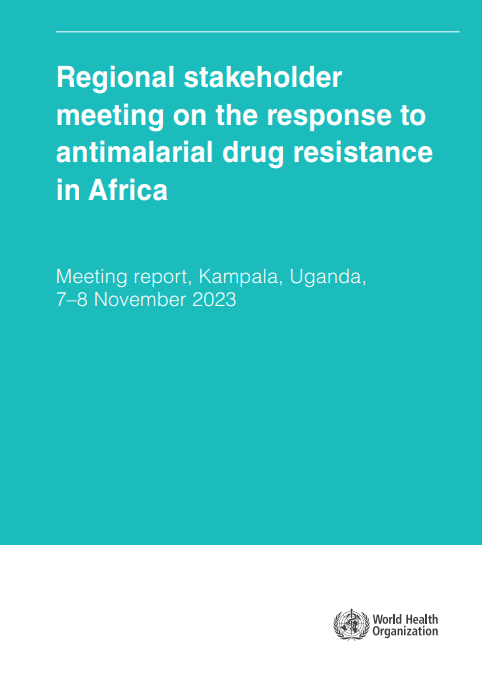Last Updated: 09/07/2025
Regional Artemisinin Resistance Initiative (RAI)
Objectives
The overall goal of the current proposal is to maximize the contribution to the elimination of falciparum malaria from the Greater Mekong Subregion (GMS) and to prevent the emergence or spread of Artemisinin resistance to new areas.
Specific objectives:
- To provide access to prevention, diagnosis and treatment for mobile and migrant populations.
- Establishment of malaria health corners at sub-district border-crossings.
- Formation and support of malaria network groups at the sub-district border-crossing points. This includes the 14 border-crossing points in 5 sub-districts in 2 provinces per quarter with expected 20 participants in each migrant corner.
- Conduct yearly cross-border information-sharing and strategy meetings at the sub-district level for local, provincial and regional staff to review progress and formulate response plans.
- Conduct training and engagement of key community members; on-site business owners and/or gatekeepers as “change agents” at sub-district border crossing areas to advocate for community-based Artemisinin resistance and elimination among migrant populations.
- Develop and produce targeted bilingual behaviour change communication (BCC) materials to address language barriers and provide context-specific BCC materials for local groups and stakeholders in sub-district border-crossing areas to disseminate and increase knowledge on malaria elimination and containment on both sides of the border.
United Nations Office for Project Services (UNOPS) Denmark, Denmark
Trans-border malaria: Mapping high-risk populations and targeting hotspots with novel intervention packages
Containment of artemisinin resistant malaria in hotspots along the Thai-Myanmar border
Integrated Intensified Malaria Control in Myanmar and Artemisinin resistance containment of RAI
Intensified Malaria Control in Myanmar
Quality Diagnosis and Standard Treatment of Malaria (QDSTM) project
RAI in Laos
RAI in Thailand
Malaria Elimination Task Force
CAP-MALARIA: Control and Prevention of Malaria
Malaria Control and Outreach for Mobile and Migrant Populations along the Vietnam-Cambodia Border
The funds are split between Country Components (85%) and Inter-Country Components (ICC).
Country components, key problematic achievements:
- More than 3.5 million LLINs were distributed to populations at risk
- 22,000 Village malaria workers (VMW)/ malaria post workers were supported to provide community case management
- 8.2 million suspected malaria cases received parasitological tests
- 155,000 confirmed malaria cases were treated
- More than 52% of Plasmodium falciparum cases in low endemic areas were investigated
- More than 39% of the transmission foci were investigated
Inter-country component, key problematic achievements:
ICC1:
- Expanding malaria posts by Community Partners International (CPI), Medical Action Myanmar (MAM) and Shoklo Malaria Research Unit (SMRU)
- MDA pilot by CPI, MAM and SMRU
- Post MDA surveys
- Sustaining community engagement through advocacy events and health education activities
ICC2:
Health Poverty Action (HPA) and the National Institute of Malaria, Parasitology, and Entomology (NIMPE) in the Vietnam-Cambodia border:
- Expanding malaria to remote and ethnic regions through establishing MPs
- Strengthening surveillance and local malaria elimination capacities
MAM in the Myanmar-India border:
- Expanding malaria to remote and ethnic regions through establishing MPs
HPA, Population Education & Development Association (PEDA) and the Centre for Malariology, Parasitology, and Entomology (CMPE) in the Laos-Cambodia-Thailand border:
- Expanding malaria posts and supporting village malaria workers.
- Mobile malaria team activities in the targeted areas.
- Behaviour change communications and IEC
Malaria Consortium, Population Services Khermer (PSK) and RAKS Thai Foundation in the Cambodia-Thailand-Vietnam border:
- Expanding malaria to remote and ethnic regions through establishing MPs
- Strengthening surveillance and local malaria elimination capacities
Jan 2014 — Dec 2017
$115M


